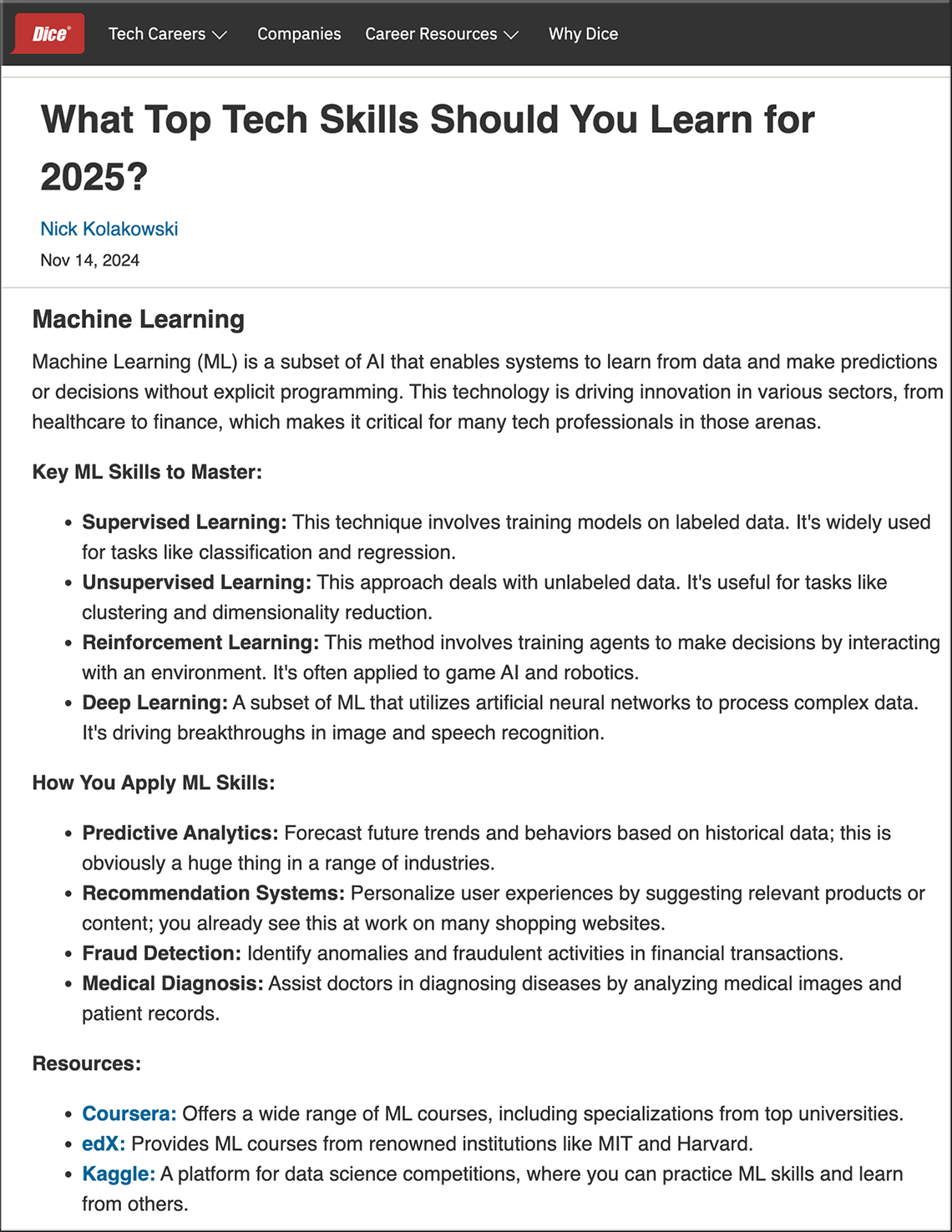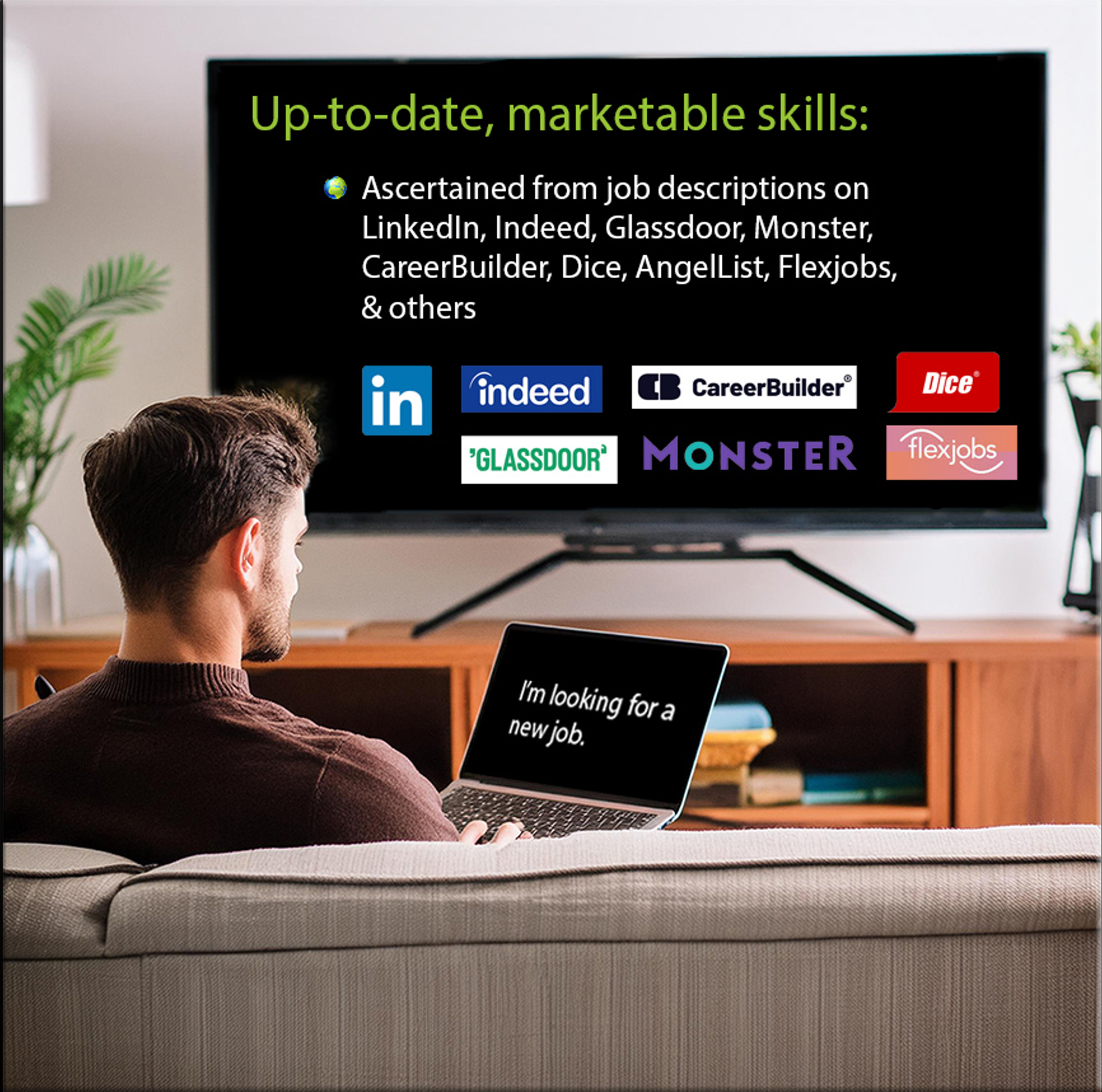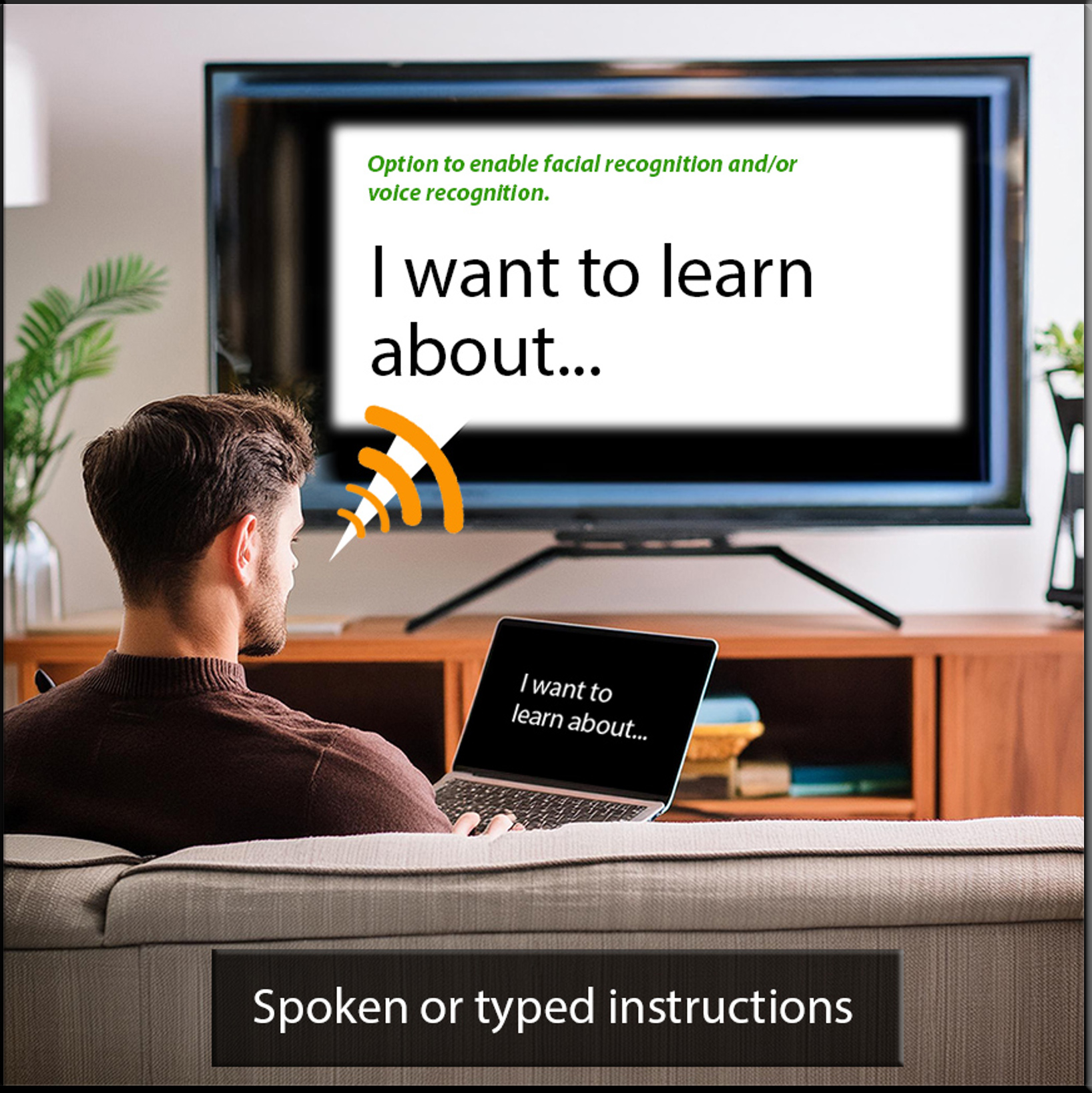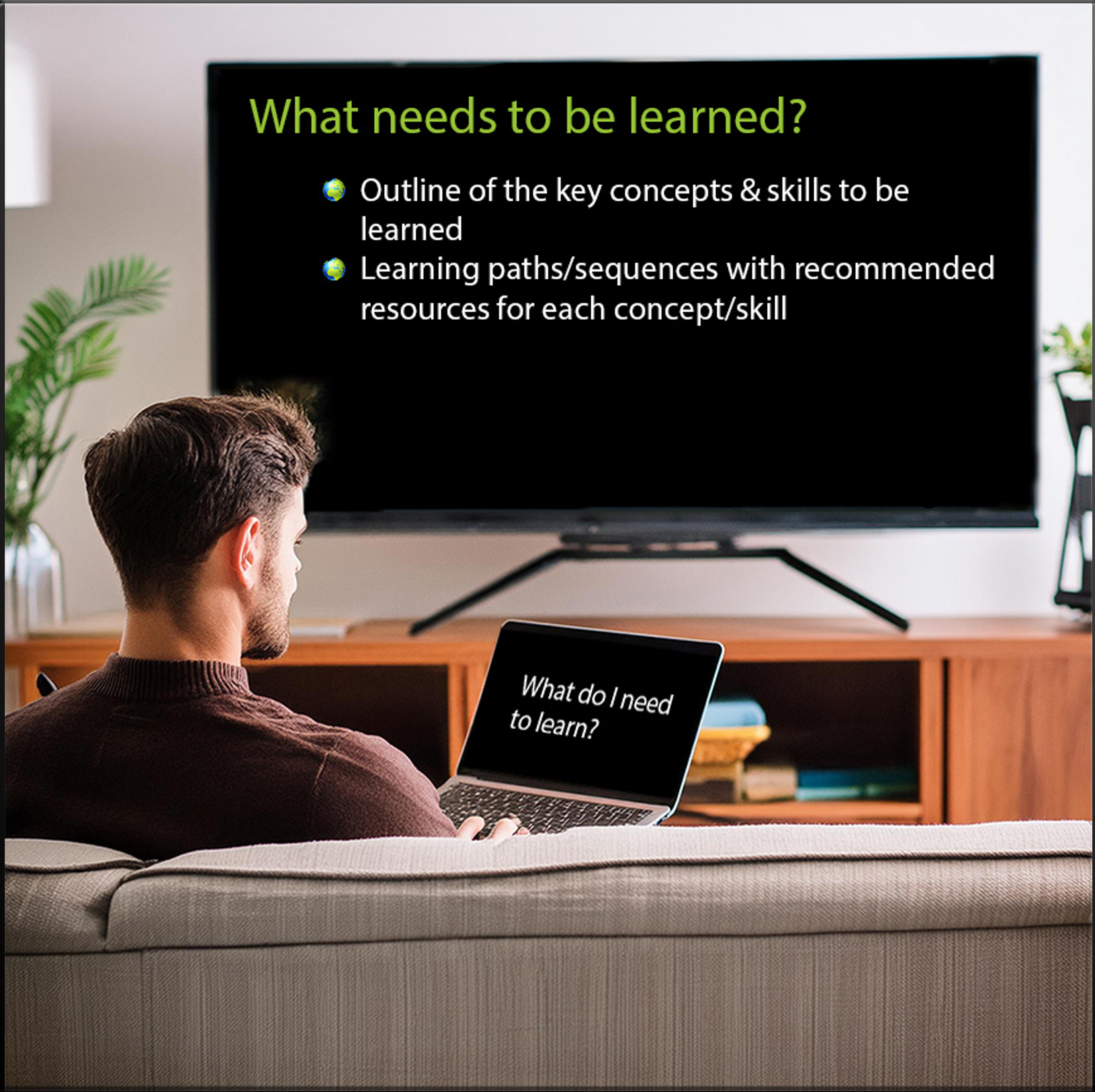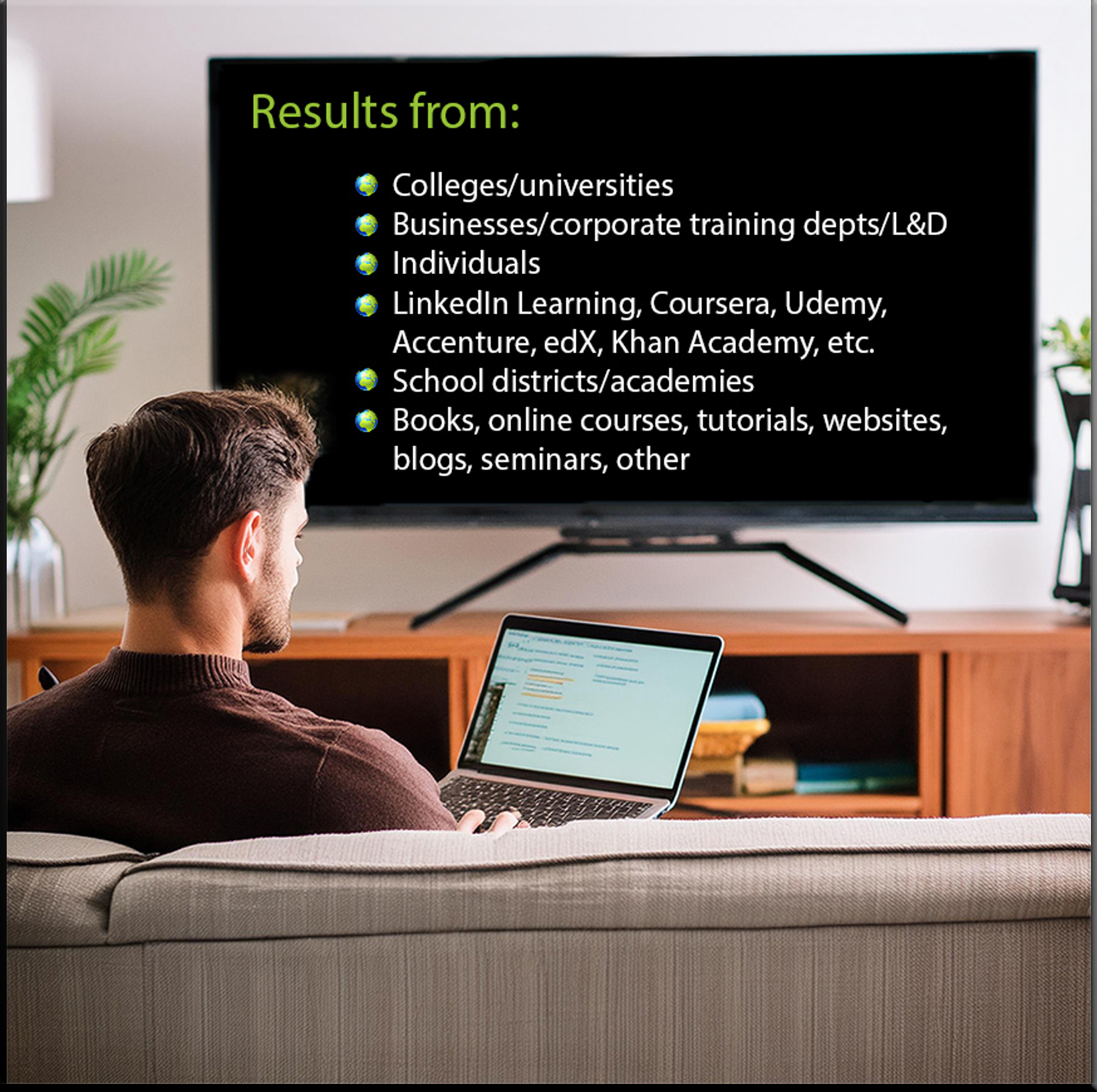The Edtech Insiders Generative AI Map — from edtechinsiders.substack.com by Ben Kornell, Alex Sarlin, Sarah Morin, and Laurence Holt
A market map and database featuring 60+ use cases for GenAI in education and 300+ GenAI powered education tools.

A Student’s Guide to Writing with ChatGPT— from openai.com
Used thoughtfully, ChatGPT can be a powerful tool to help students develop skills of rigorous thinking and clear writing, assisting them in thinking through ideas, mastering complex concepts, and getting feedback on drafts.
There are also ways to use ChatGPT that are counterproductive to learning—like generating an essay instead of writing it oneself, which deprives students of the opportunity to practice, improve their skills, and grapple with the material.
For students committed to becoming better writers and thinkers, here are some ways to use ChatGPT to engage more deeply with the learning process.
Community Colleges Are Rolling Out AI Programs—With a Boost from Big Tech — from workshift.org by Colleen Connolly
The Big Idea: As employers increasingly seek out applicants with AI skills, community colleges are well-positioned to train up the workforce. Partnerships with tech companies, like the AI Incubator Network, are helping some colleges get the resources and funding they need to overhaul programs and create new AI-focused ones.
Along these lines also see:
Practical AI Training — from the-job.beehiiv.com by Paul Fain
Community colleges get help from Big Tech to prepare students for applied AI roles at smaller companies.
Miami Dade and other two-year colleges try to be nimble by offering training for AI-related jobs while focusing on local employers. Also, Intel’s business struggles while the two-year sector wonders if Republicans will cut funds for semiconductor production.
Can One AI Agent Do Everything? How To Redesign Jobs for AI? HR Expertise And A Big Future for L&D. — from joshbersin.com by Josh Bersin
Here’s the AI summary, which is pretty good.
In this conversation, Josh Bersin discusses the evolving landscape of AI platforms, particularly focusing on Microsoft’s positioning and the challenges of creating a universal AI agent. He delves into the complexities of government efficiency, emphasizing the institutional challenges faced in re-engineering government operations.
The conversation also highlights the automation of work tasks and the need for businesses to decompose job functions for better efficiency.
Bersin stresses the importance of expertise in HR, advocating for a shift towards full stack professionals who possess a broad understanding of various HR functions.
Finally, he addresses the impending disruption in Learning and Development (L&D) due to AI advancements, predicting a significant transformation in how L&D professionals will manage knowledge and skills.










